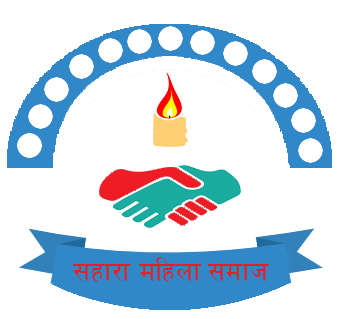Sahara Women’s society
Introduction:
Sahara Women’s Society Nepal was established in the year 2062 B S. with an objectives to provide formal education to adult and educationally deprived women. This school is located in Kathmandu municipality ward number-14, Kalanki. Having fourteen to sixty years of ages, Women from different caste ,culture and background are studying in this school. This school is an effort from government sector to educate to those women who don’t get chance to go to school and complete their education. To complete their incomplete educational dreams and passion, we hope this school can be a strong platform.
Sahara Women’s Society Nepal is running under the management of young educated and dynamic team of women. From the help and support of hundreds of women friends, educationists and scholars, we are able to establish this school. We have dreams, objectives and plans to contribute in the sector of women’s education. We have more than 100 students within the short duration of our starting. We take it as the first step of our success for the further journey.
Sahara Women’s Society Nepal has become a necessity for those women who don’t get chance to read and write, and to those who have strong desire to complete their formal education. Now, this is a lower secondary school but we are going to upgrade it in the higher secondary school very soon.
Objectives:
- Promoting people’s capacity to organize need based literacy, income generating and life related education programs.
- Providing education to the deprived people girls and women who missed the chance to go to the formal schools by conducting literacy programs, functional literacy programs etc.
- Integrating income generation activities i.e. House keeping , Beautician, Tailoring, etc. and providing training to the group members to apply new technologies for improving their income generating activities.
- Promoting saving and credit program to empower the ordinary people including women and other disadvantaged people.
- Integrating learning with quality of life improvement activities like latrine building, health camps, health education, education for women empowerment and participation in decision making activities etc.
- Designing and implementing integrated literacy and programs and capacity building training programs for different functionaries at different levels.

